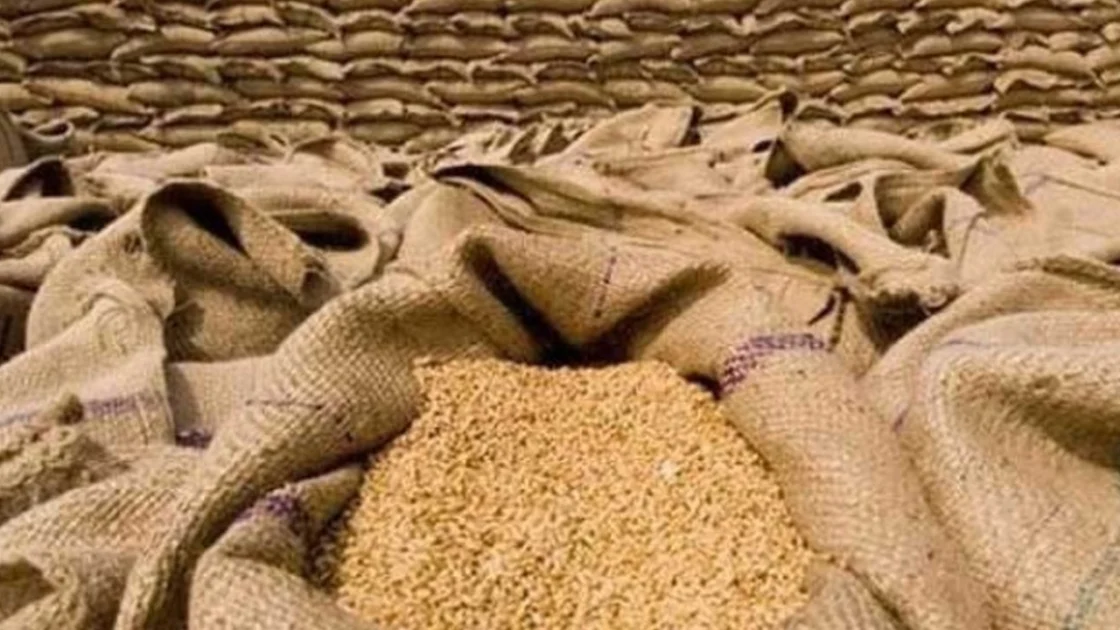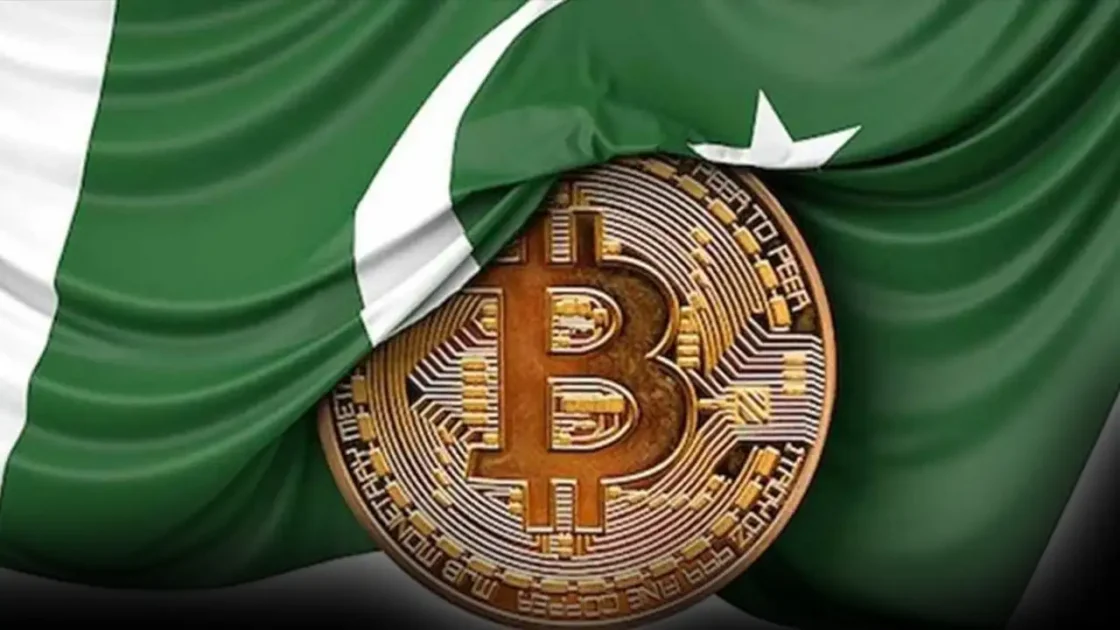- Web Desk
- 9 Hours ago
G-7 Summit marked by division as Trump leaves early, undermining group unity
-
- Web Desk Karachi
- Jun 18, 2025

WEB DESK: The presence of Donald Trump in office has notably impacted the unity and effectiveness of the G-7, according to Mathew Goodman, a former aide at G-7 summits during Barack Obama’s presidency. Goodman remarked that Trump’s style has significantly undermined the group’s ability to present a cohesive front on global issues, making it less capable of addressing worldwide challenges effectively.
Traditionally, G-7 summits serve as platforms for world leaders to coordinate responses to pressing issues such as climate change, economic crises, and conflicts. However, recent gatherings have become more complicated after Trump altered diplomatic norms, leaving other leaders uncertain and cautious.
A US official noted that ending the summit with six separate statements on various topics, rather than a single joint communiqué, signaled a form of unity rather than discord. The official also mentioned Trump valued the conversations and appreciated the support from fellow G-7 leaders, despite the summit’s complexities.
Canadian organizers went to great lengths to ensure the safety of the event from wildlife threats, erecting eight-foot fences at the Kananaskis venue in Alberta to keep out marauding grizzly bears. Nonetheless, Trump left the summit a day early, citing other pressing matters such as the Middle East crisis.
Macron and Meloni seek to mend ties ahead of NATO, G7 summits in Rome
Differences among leaders on key issues were evident. A statement addressing the Middle East conflict was watered down after US objections, failing to call for an immediate end to the Israel-Iran hostilities. An earlier draft that called for restraint from both sides was discarded, according to a US official.
During a dinner featuring delicacies like Acadian sturgeon caviar and Wagyu beef, European leaders made little progress toward convincing Trump to impose tougher sanctions on Russia. Trump cited the potential financial costs to the US as a reason against sanctions.
Upon arriving at the summit, Trump expressed his belief that the G-7 could be improved by including non-democratic countries like Russia and possibly China. However, he stunned other leaders by deciding to leave early.
French President Emmanuel Macron initially suggested Trump was returning to Washington to discuss a ceasefire between Israel and Iran, prompting Trump to respond on Truth Social that Macron was “wrong” and that his departure had nothing to do with such talks. Trump later reiterated that he was heading home for other reasons and dismissed Macron’s comments, calling him “a nice guy but he doesn’t get it right too often.”
Macron later indicated that Trump’s decision to leave was influenced by his desire to exert pressure on Iran. Meanwhile, UK Prime Minister Keir Starmer, who had exchanged friendly words with Trump, was left unaware of the president’s true intentions. Starmer later told reporters that he believed Trump’s departure was unrelated to the Israel-Iran situation.
However, Trump’s stance appeared to shift quickly. He posted messages on social media asserting control over Iran’s skies and described Iran’s Supreme Leader Ayatollah Khamenei as an “easy target,” suggesting he was ready to escalate tensions.
Amid the summit chaos, Starmer helped tidy up after Trump’s accidental dropping of a document related to a recent trade agreement, capturing a memorable image. Despite that, the summit’s trade negotiations yielded mixed results. Trump agreed with Canadian Finance Minister Carney to pursue some form of trade deal within 30 days but faced difficulties with Japan and the EU, with little progress made.
Trump’s early departure prevented him from meeting with other invited leaders, including Mexico’s Claudia Sheinbaum, India’s Narendra Modi, and Brazil’s Luiz Inácio Lula da Silva. To avoid conflict, Carney decided to forgo a formal summit communiqué, aiming instead for informal cooperation on key issues.
Historically, the G-7 has coordinated significant actions, such as during the 2008 financial crisis, the COVID-19 pandemic, and responses to Russia’s invasion of Ukraine. In 2019, Macron facilitated Iran-related talks by flying in Foreign Minister Javed Zarif—though Trump did not participate directly.
On Tuesday, the remaining leaders continued their discussions without Trump, issuing statements on artificial intelligence, critical minerals, wildfires, and immigration. Observers, like Doug Rediker, noted that these proceedings demonstrated how leaders are adapting to operate without US leadership, suggesting they will need to find new ways to collaborate moving forward.





